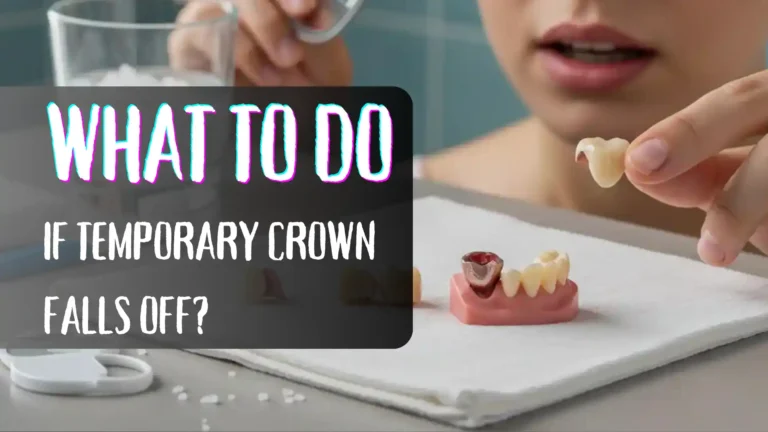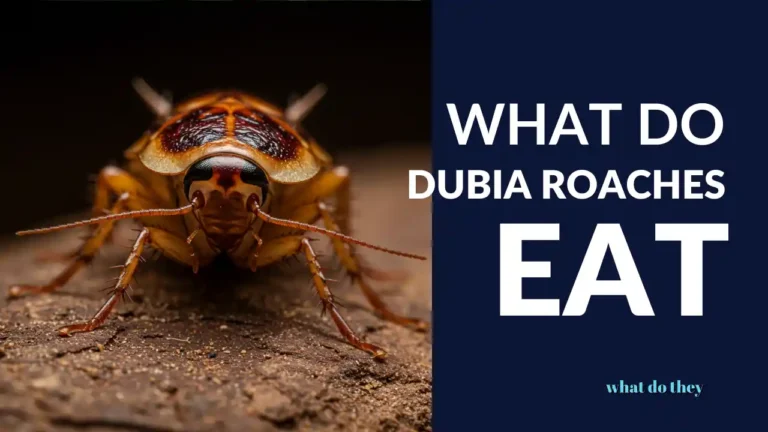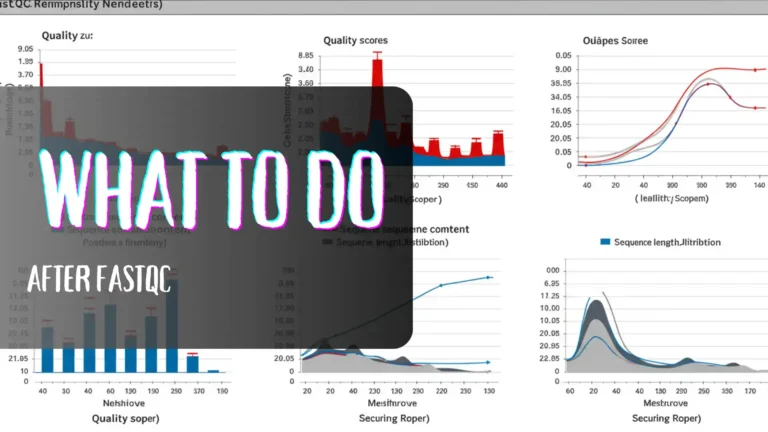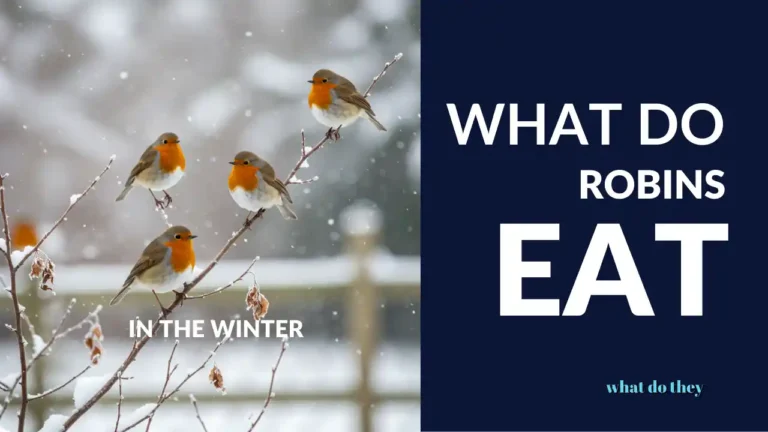Have you ever noticed tiny, moth-like flies hanging around your bathroom or kitchen sink? Those pesky little insects are drain flies (also called moth flies or sewer flies). These small, fuzzy flies seem to appear out of nowhere and can be quite annoying. Understanding what do drain flies eat is key to getting rid of them for good.
If you love to read about what different animals and insects eat, take a look at the following:
So, What Do They has prepared this blog so you’ll learn the answer to the question: What do Drain Flies eat? Let’s find out why they’re attracted to your drains in the first place!
What Are Drain Flies?
Before diving into what do drain flies eat, let’s quickly identify these pests. Drain flies are small (about 1/8 inch long), fuzzy, gray or tan insects with moth-like wings. They’re weak fliers and tend to hop or flutter around sinks, showers, and floor drains. They belong to the Psychodidae family and are completely different from fruit flies, though they’re often confused with them.
What Do Drain Flies Eat?

Drain flies have a rather gross diet by human standards, but it’s perfectly normal for these insects. Here’s what drain flies typically eat:
Organic Matter in Drains
The main answer to “what do drain flies eat?” is the slimy biofilm that builds up inside pipes and drains. This biofilm consists of:
- Decaying hair
- Skin flakes
- Soap scum
- Food particles
- Grease and oils
- Other organic debris
This slimy material that lines your pipes is both food and breeding ground for drain flies. The adult flies lay eggs in this material, and when the larvae (baby drain flies) hatch, they feed directly on this organic matter.
Bacteria and Microorganisms
Drain flies don’t just eat the visible gunk in your pipes. They also consume:
- Bacteria
- Fungi
- Algae
- Other microorganisms
These tiny organisms grow in the moist environment of drains and provide important nutrition for drain fly larvae.
Sewage and Decomposing Material
In outdoor settings or in cases of serious plumbing issues, drain flies can feed on:
- Sewage
- Compost
- Rotting plant material
- Standing water with organic matter
This is why drain flies sometimes appear around leaky pipes, garden areas with poor drainage, or compost bins.
The Drain Fly Life Cycle and Feeding Habits

Understanding what drain flies eat at different life stages helps explain why they’re so persistent:
Adults
Adult drain flies don’t actually eat much at all! They mainly drink water and nectar. Their primary purpose is to mate and lay eggs. They live only about 2 weeks, but can lay hundreds of eggs during this time.
Eggs
Drain fly eggs are laid directly on the organic material that will feed the larvae. The eggs need a moist environment to survive and hatch within 32-48 hours.
Larvae
This is the main feeding stage. Drain fly larvae (also called maggots) are small, worm-like creatures without legs. They have what do drain flies eat as their main concern – they constantly munch on the organic material in your drains. The larval stage lasts about 9-15 days, and this is when they consume the most food.
Pupae
After feeding and growing, the larvae enter a pupal stage where they don’t eat at all. They’re transforming into adult flies during this 20-40 hour period.
Why Do Drain Flies Appear in Clean Homes?
You might be wondering: “If I clean regularly, what do drain flies eat in my home?” Even in clean houses, drain flies can find food because:
- Hidden biofilm: Even homes that appear clean can have buildup inside pipes that’s invisible to us but perfect for drain flies.
- Rarely used drains: Drains that don’t get regular use (like guest bathrooms or floor drains) can develop biofilm without being noticed.
- Recent construction or plumbing work: Disturbing pipes can release organic material that attracts drain flies.
- Nearby sources: Sometimes drain flies come from nearby sewers or neighbors’ units in apartment buildings.
Getting Rid of Drain Flies by Removing Their Food Source
Now that you know what do drain flies eat, you can target their food source to eliminate them:
Physical Cleaning
- Use a drain brush to scrub the inside of pipes
- Pour boiling water down drains to loosen buildup
- Use a drain snake to remove hair and debris beyond the trap
Chemical Treatments
- Enzymatic drain cleaners that specifically digest organic matter
- A mixture of baking soda and vinegar followed by boiling water
- Bleach (use cautiously and never mix with other cleaners)
Prevention Tips
- Run water in all drains weekly, especially in rarely used areas
- Clean drains monthly by flushing with hot water
- Fix leaky pipes promptly
- Keep sink areas dry when not in use
Environmental Factors That Affect Drain Fly Diet

What do drain flies eat can be influenced by several environmental factors:
- Temperature: Warmer conditions speed up decomposition, creating more food
- Humidity: Higher moisture levels support more bacterial growth
- Plumbing condition: Old or damaged pipes collect more organic matter
- Household habits: Frequently washing dishes with food scraps or rinsing hair down drains provides more food sources
So the Answer to What do Drain Flies Eat is…
Primarily, the answer to what do drain flies eat is: they consume the organic gunk that builds up in your drains – the slimy biofilm consisting of hair, skin cells, soap residue, food particles, and the microorganisms that grow in this material. The adult flies aren’t the main problem; it’s their larvae that feed on this material and perpetuate the infestation.
By removing their food source through regular drain cleaning and maintenance, you can effectively control and prevent drain fly infestations. Remember that these pests, while annoying, are generally harmless to humans. They don’t bite or spread disease directly, though having them around does indicate that your drains could use some attention.
Next time you spot these fuzzy little flies around your sink or shower, you’ll know exactly what they’re after and how to send them packing by removing what drain flies eat from your home!








1 Comment